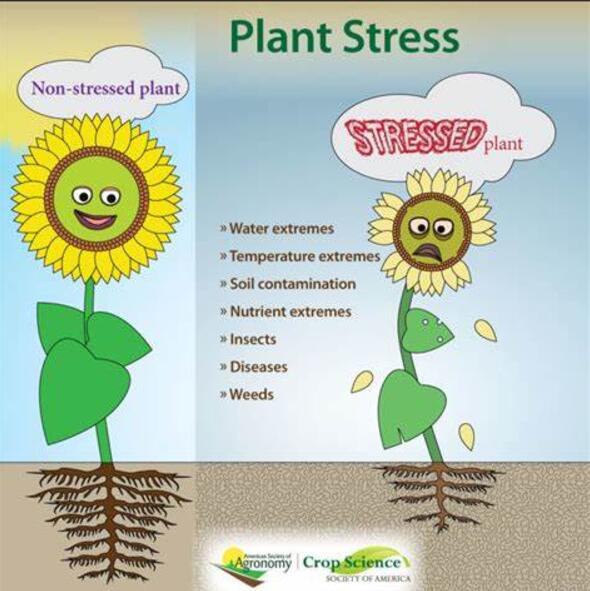Genome-wide characterization of cysteine-rich receptor-like kinase (CRK) gene family in rice and OsCRK26 functional analysis in response to drought stress
IF 6.8
Q1 PLANT SCIENCES
引用次数: 0
Abstract
Cysteine-rich receptor-like kinases (CRKs) are a major subfamily of receptor-like protein kinases, crucial for plant immunity and adaptation to environmental stresses. However, their comprehensive characterization in rice remains limited. In this study, we aimed to systematically characterize the OsCRK gene family in rice and elucidate their roles in stress responses. We identified 73 putative OsCRK members and categorized them into three subfamilies based on phylogenetic relationships. Cis-regulatory element analysis indicated that OsCRKs are associated with stress responses. qRT-PCR validation of six OsCRK genes showed their responsiveness to PEG6000 treatment, revealing significant repression of OsCRK26 by PEG6000 and abscisic acid treatment. Subcellular localization studies showed that OsCRK26 is localized to the endoplasmic reticulum. Functional analysis revealed that loss-of-function mutations in OsCRK26 led to reduced stomatal closure and increased water loss compared to wild type plants, resulting in heightened sensitivity to drought stress. Additionally, we found that OsCRK26 interacts with DCA1, a transcriptional co-activator involved in stomatal regulation. These findings provide a comprehensive understanding of the OsCRK gene family's function and highlight OsCRK26 as a promising candidate for improving drought resistance in rice.
求助全文
约1分钟内获得全文
求助全文
来源期刊

Plant Stress
PLANT SCIENCES-
CiteScore
5.20
自引率
8.00%
发文量
76
审稿时长
63 days
期刊介绍:
The journal Plant Stress deals with plant (or other photoautotrophs, such as algae, cyanobacteria and lichens) responses to abiotic and biotic stress factors that can result in limited growth and productivity. Such responses can be analyzed and described at a physiological, biochemical and molecular level. Experimental approaches/technologies aiming to improve growth and productivity with a potential for downstream validation under stress conditions will also be considered. Both fundamental and applied research manuscripts are welcome, provided that clear mechanistic hypotheses are made and descriptive approaches are avoided. In addition, high-quality review articles will also be considered, provided they follow a critical approach and stimulate thought for future research avenues.
Plant Stress welcomes high-quality manuscripts related (but not limited) to interactions between plants and:
Lack of water (drought) and excess (flooding),
Salinity stress,
Elevated temperature and/or low temperature (chilling and freezing),
Hypoxia and/or anoxia,
Mineral nutrient excess and/or deficiency,
Heavy metals and/or metalloids,
Plant priming (chemical, biological, physiological, nanomaterial, biostimulant) approaches for improved stress protection,
Viral, phytoplasma, bacterial and fungal plant-pathogen interactions.
The journal welcomes basic and applied research articles, as well as review articles and short communications. All submitted manuscripts will be subject to a thorough peer-reviewing process.
 求助内容:
求助内容: 应助结果提醒方式:
应助结果提醒方式:


